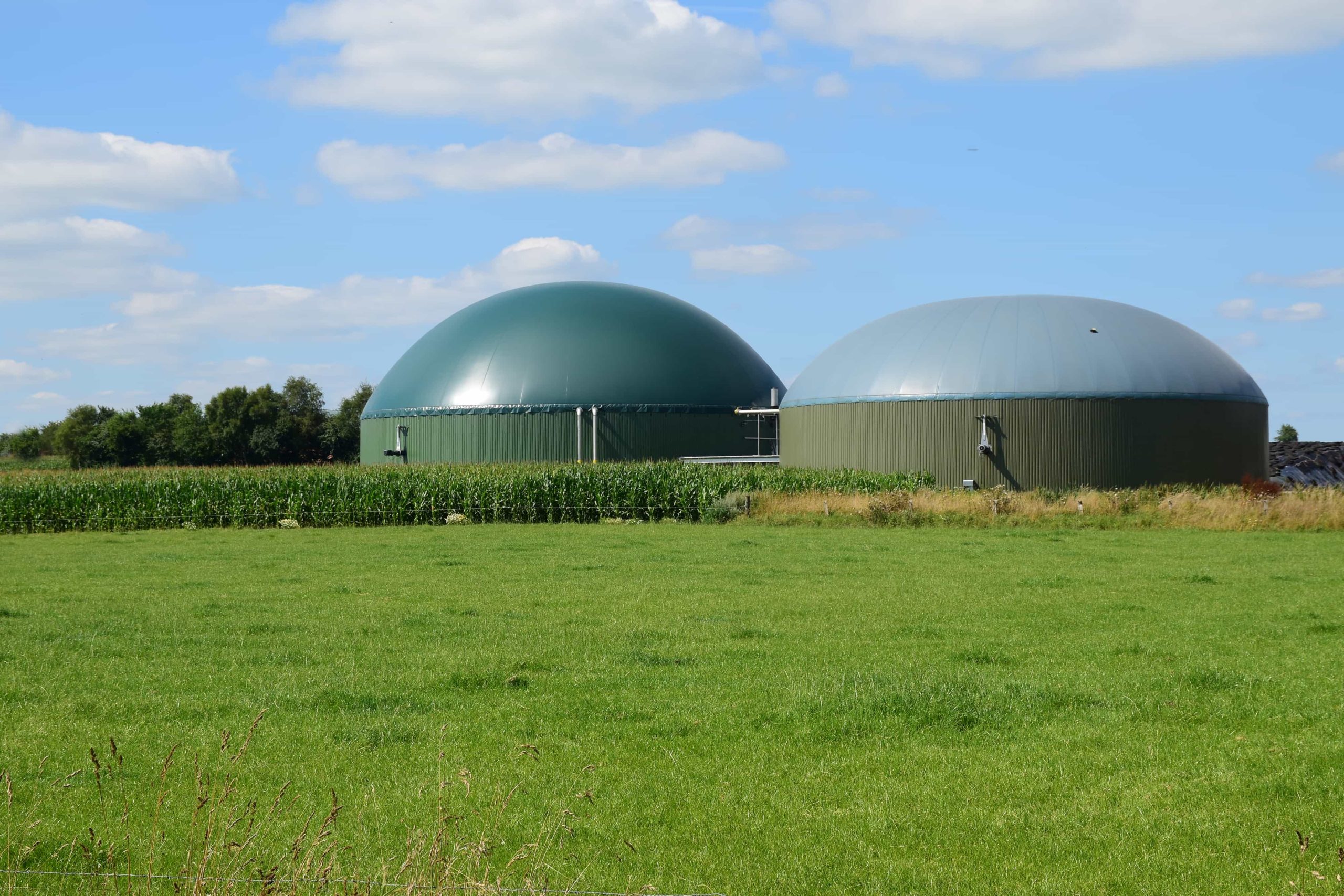Goodbye to the Renewables Obligation…
One of the most keenly felt milestones this year so was the closure of the Renewables Obligation (RO) to new generation in March. The RO was first introduced in 2002 and, over its lifetime, has provided support for a wide range of renewables technologies including landfill gas, anaerobic digestion, advanced conversion technologies (gasification and pyrolysis) and combustion energy-from-waste (but only when operated in a combined heat and power mode). Based on publically available data from Ofgem, some 900MWe of Landfill Gas, 100MWe of EfW and 70MWe of AD capacity have been accredited over the lifetime of RO. While the scheme was seen to have weaknesses, for example uncertainty about the value of RO Certificates generated under the scheme, its success in laying the foundations for renewable energy deployment in the UK mean that it will be sorely missed.
…and hello (again) to Contracts for Difference
The gap left by the closure of RO is intended to be filled by the Contracts for Difference (CfD) regime. Unlike the RO, which permitted applications for support at any time, the CfD allocation process is based upon project developers applying for support during pre-determined allocation rounds. The first allocation round (AR1) ran from October 2014 to March 2015 and resulted in the award of 27 contracts including 5 (representing 160 MWe of capacity) to energy from waste (EfW) schemes (either advanced conversion technologies or conventional combustion EfW schemes with CHP).
The second allocation round (AR2) had originally been expected in early 2016 but did not materialise. As a result, there was relief when it was finally announced last November that AR2 would be commencing in the Spring of 2017, targeting projects intending to be commissioned in 2021/22 or 2022/23. As before, AR2 would be open to a range of technologies including AD greater than 5MWe and advanced conversion technologies (gasification and pyrolysis). However, unlike AR1, it was announced that AR2 would not be open to applications from combustion EfW, with or without CHP, due to the Government seeking to focus support on less established technologies.
A key feature of the CfD allocation round process is the requirement for applicants to submit sealed bids in the event that the overall round budget or other specified limits are exceeded. The budget notice for AR2 limits CfDs to fuelled technologies (covering dedicated biomass with CHP, advanced conversion technologies and anaerobic digestion) to no more than 150MWe of total electrical capacity. The expected increase in number of applications now that the RO is no longer available means that there is a strong likelihood of a competitive bidding situation for these technologies.

As planned, the application window for AR2 opened to applications on 3rd April and closed on the 21st of the same month. At the time of writing the allocation round delivery body (National Grid) had announced that they had completed the Qualification Assessment process with some non-qualifying applicants requesting a review of their assessment. Depending on the outcome of the reviews and whether unsuccessful applicants lodge an appeal, it is expected that successful applicants will be notified sometime between 13th July and 11th September 2017.
Feed-in-Tariffs
At the start of the year, AD developers were awaiting the Government’s response to their consultation on revisions to the Feed-in-Tariff (FiT) regime for AD schemes. This followed on from the Government’s proposals in May 2016 to drastically reduce generation tariffs for AD schemes based on analysis suggesting that construction and operating costs for such schemes had reduced such that less support was necessary. Whilst these reductions applied across all capacity bands, most significant was the proposal to reduce the tariff for AD schemes between 500kWe and 5000kWe from 7.81p/kWh to zero.
When the Government’s response was finally published in February of this year, there was some respite for larger generators in that the tariff for 500kWe to 5000kWe generation, while still being reduced significantly, was set instead to 2.49p/kWh effective from April 2017. The reason for this change was given as consultees having provided additional information allowing the Government to review their modelling assumptions.
Within the same consultation response, the Government confirmed its intention to introduce sustainability criteria for new AD schemes from May 2017 as well as feedstock restrictions limiting payments where more than 50% of biogas produced is attributable to feedstocks other than wastes or residues.
But what about heat?
In January, RHI participants had recently learnt of the Government’s intentions for reform of the RHI after it published its consultation response in December 2016. These included tariff guarantees to allow prospective participants for certain technologies (including biomethane and large biomass and biogas installations) to be certain of their tariff upon achieving financial close. The introduction of tariff guarantees was intended to address a major criticism of the scheme to date, which was that participants could only be certain of the tariff they were to receive once the scheme had been commissioned, placing them at risk of tariff degressions before that point.
Further changes comprise amendments to various tariffs, including returning biomethane tariffs to April 2016 levels and biogas tariffs to October 2016 levels, as well as removing digestate drying as an eligible use of heat. In addition, feedstock restrictions similar to those under FiTs will be introduced.
The reforms are all dependent upon new Regulations being brought into law. A draft copy of the new regulations had been put before Parliament earlier in the year but were then withdrawn due to drafting issues. The Regulations progress through Parliament will have been delayed by the recent snap General Election and so, given the short amount of time remaining before the Parliamentary summer recess, there remains a good degree of uncertainty over when we shall finally see these reforms introduced.
Looking forward…

Looking ahead to the next six months we can expect to see the results of the CfD second allocation round announced towards the end of the summer. The closure of the RO can be expected to result in more competition for contracts than for the first allocation round. In particular, it will be interesting to see if any AD schemes are successful as the minimum capacity (5MWe) means that any schemes will be amongst the largest currently operational in the UK and have major implications for feedstock markets.
Whilst support for power generation from pyrolysis and gasification continues under the CfD, support for combustion EfW is now limited to the RHI, meaning that combustion schemes, now more than ever, will need to take into consideration the effective production and supply of heat as well as power from such schemes. This is a positive step forward as the UK Government tries to drive up UK infrastructure thermal efficiency more in line with the messages coming from Europe.
By the end of the year we should also expect to see the new RHI regulations in place incorporating the latest reforms. The recent reforms to the RHI and FiTs, in particular the introduction of feedstock restrictions for AD schemes, can be expected to concentrate attention on the utilisation of available wastes and residues as feedstocks. One of the key challenges will therefore be identifying suitable feedstocks upon which to base projects and ensuring their correct categorisation against the relevant scheme guidance.
The continuing uncertainty and the need to react to changing demands from the incentive schemes will make the bidding process ever harder for developers and technology providers as they try to bring schemes to market from 2018 onwards. So if you are thinking about developing AD, CHP, or similar technology-led solutions we recommend getting an expert advisor on board soon to help navigate your way around the changing market place.
If you have any questions regarding the issues raised by the above article or would wish to understand how they impact your business, then please contact Martin Williams at Ricardo Energy & Environment (martin.williams@ricardo.com). And if you are going to be at RWM (@ the NEC) in September then come and listen to Martin sharing his latest market updates and insights.
Author biography










Subscribe for free